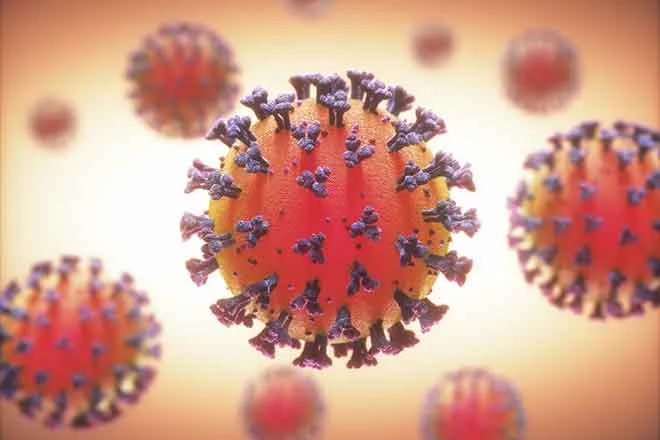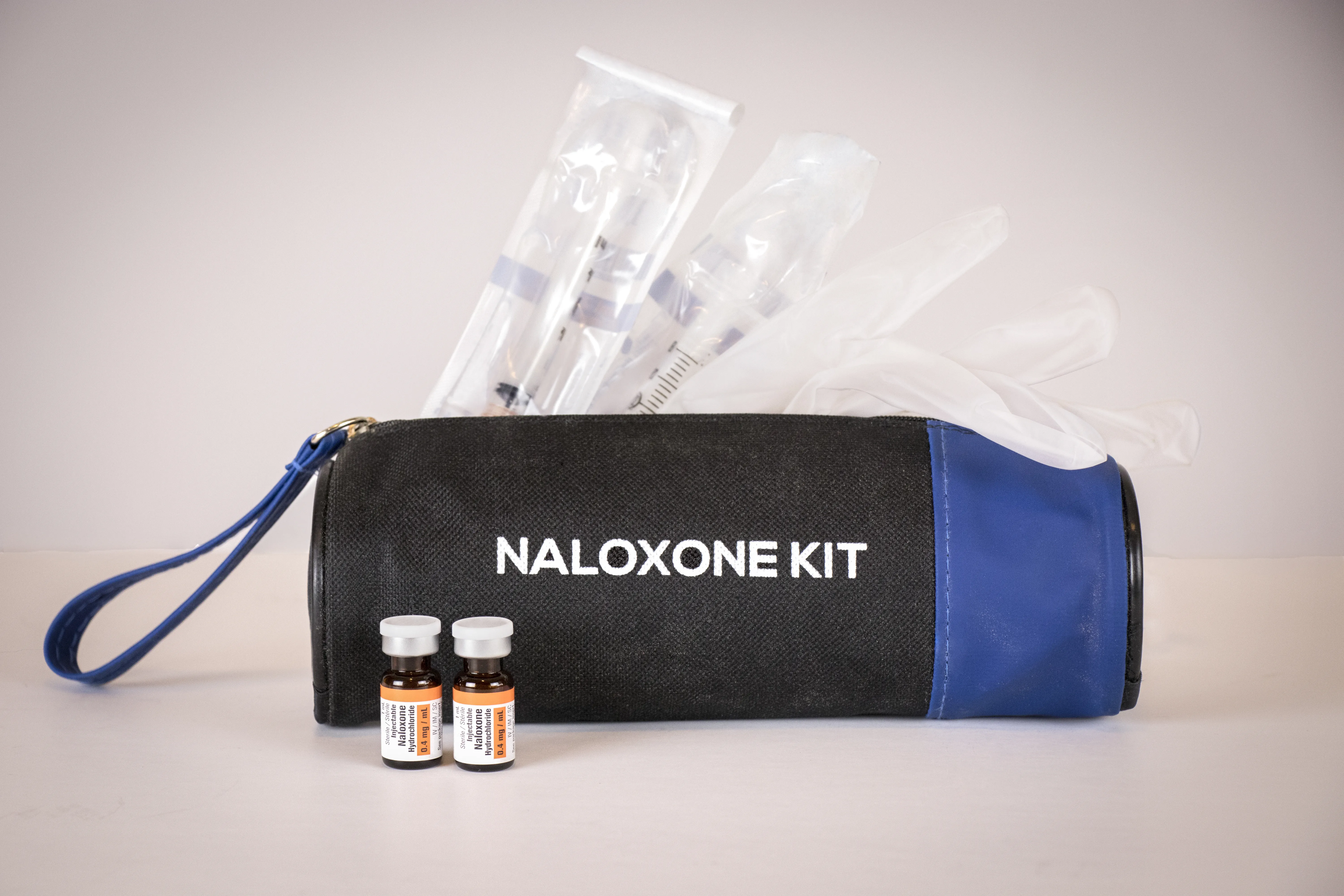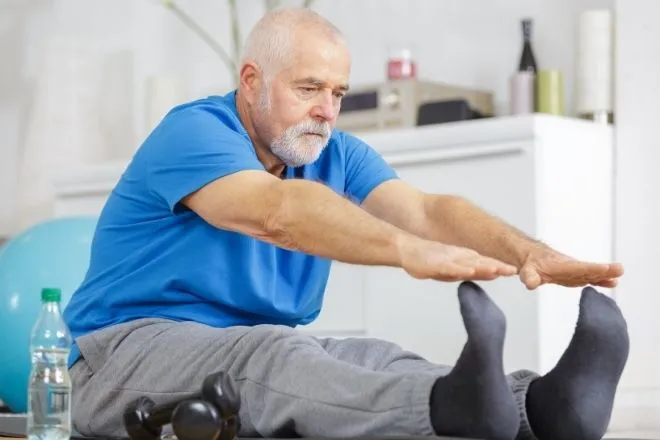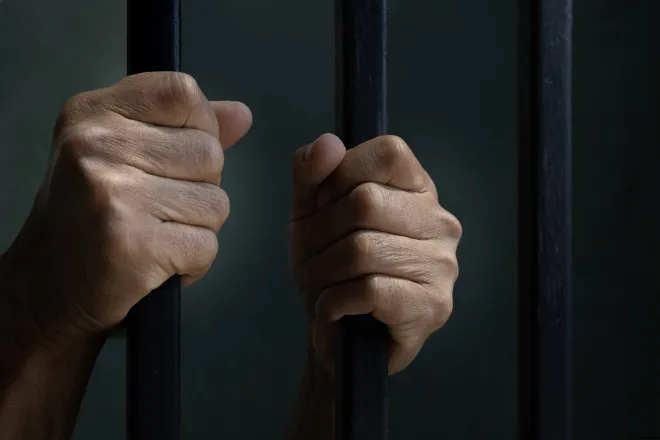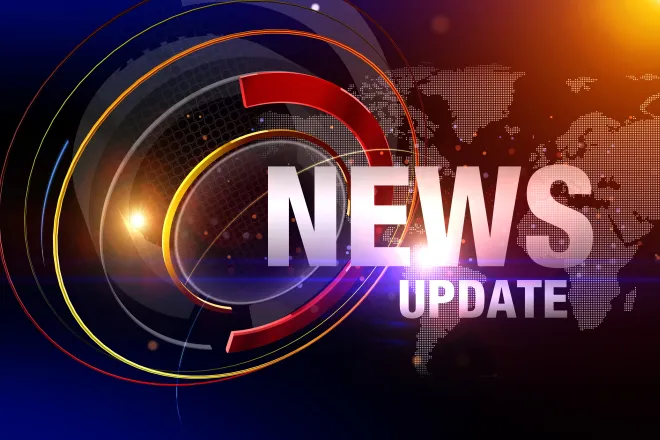
AI has its critics, but for stroke patients, it might be a lifesaver
Click play to listen to this article.
(Minnesota News Connection) Artificial intelligence has come under scrutiny over potential negative impacts on society but a Minnesota medical expert said it has become one of many tools to improve outcomes for survivors of stroke.
May is American Stroke Month, and in creating more awareness, voices within health care hope the public learns more about the warning signs and evolving technology on the treatment side.

Dr. Haitham Hussein, associate professor of neurology at the University of Minnesota and board president of the Twin Cities chapter of the American Heart Association, said care systems have become more sophisticated with telemedicine spurring collaboration among specialists, and there is more.
"We use artificial intelligence for imaging analysis," Hussein explained. "For example, one study (said) that using AI can differentiate the weakness of the face caused by stroke from the weakness of the face caused by Bell's palsy."
As for treatments, he said injections of a key medication are effective in reversing the effects of stroke before they settle. About one in four adults over the age of 25 will have a stroke in their lifetime. Hussein urged people to learn the warning signs, which include sudden weakness in an arm or leg on one side of the body, difficulty speaking and droopiness in the face.
Hussein emphasized when any of those signs appear, call 911 right away. He stressed there's no time to waste.
"For every minute treatment of stroke is delayed, two million neurons are lost," Hussein added.
Health experts noted having a stroke puts you at a higher risk for a second one. But they added working with your doctor and other specialists on managing risk factors can go a long way when it comes to prevention.
Hussein pointed out in Minnesota, every resident is within 30 minutes of a hospital able to provide stroke care.

